Real Life Fantasy: Atasifusta IRL
WHOA.
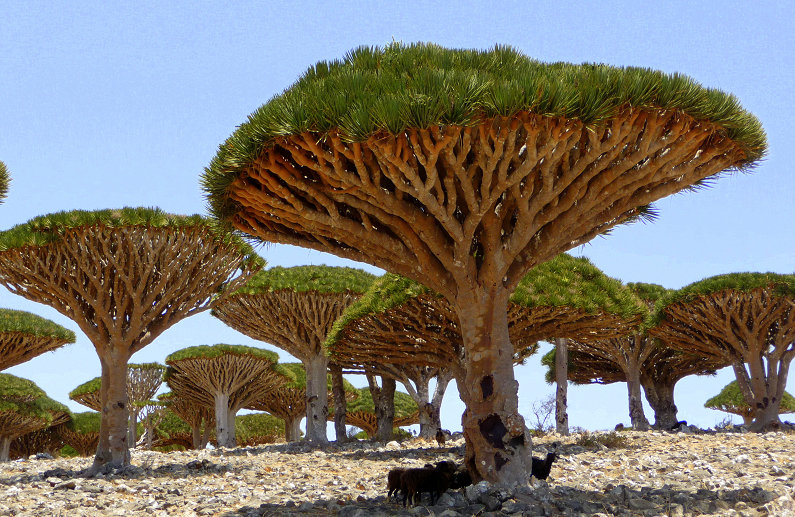
That sums up what I have to say about these astonishing and beautiful trees. There are several different types of trees that produce a blood-red resin or sap, known colloquially as dragon’s blood–but it’ll look to Weeks fans like red luxin from the Atasifusta.
For those of you needing a refresher on the mythical tree from the Seven Satrapies, here’s a snippet from The Black Prism:
“…Each pillar was a full five paces thick— atasifusta, the widest trees in the world— and none narrowed perceptibly before reaching the ceiling. The wood was said to have been the gift of an Atashian king, five hundred years before. Even then it had been precious. Now they were extinct, the last grove cut down during the Prisms�™ War.
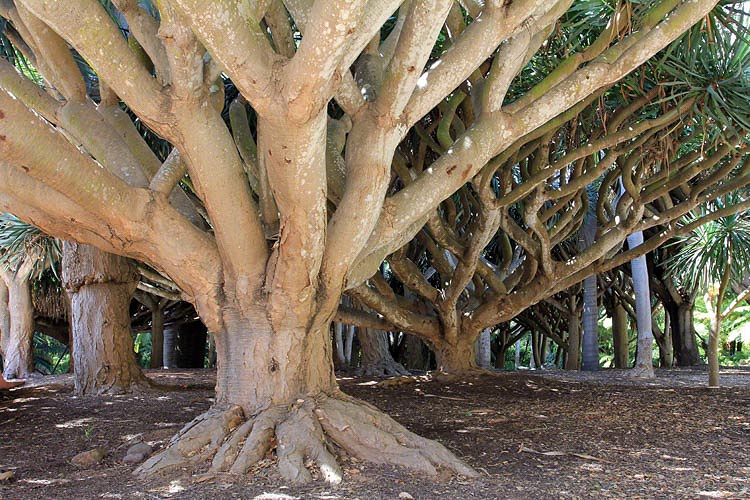
“…What made the atasifusta unique was that its sap had properties like concentrated red luxin. The trees took a hundred years to reach full size— these giants had been several hundreds of years old when they�™d been cut. But after they reached maturity, holes could be drilled in the trunk, and if the tree was large enough, the sap would drain slowly enough to feed flames. These eight giants each bore a hundred twenty-seven holes, the number apparently significant once, but that significance lost. On first look, it appeared that the trees were aflame, but the flame was constant and never consumed the wood, which was ghostly ivory white aside from the blackened soot smudges above each flame hole. Gavin knew that the flames couldn�™t be truly eternal, but after allegedly burning day and night for five hundred years, these atasifustas�™ flames gave little indication of going out anytime soon. Perhaps the flames nearer the top were a little duller than those lower as the sap settled in the wood, but Gavin wouldn�™t have bet on it.
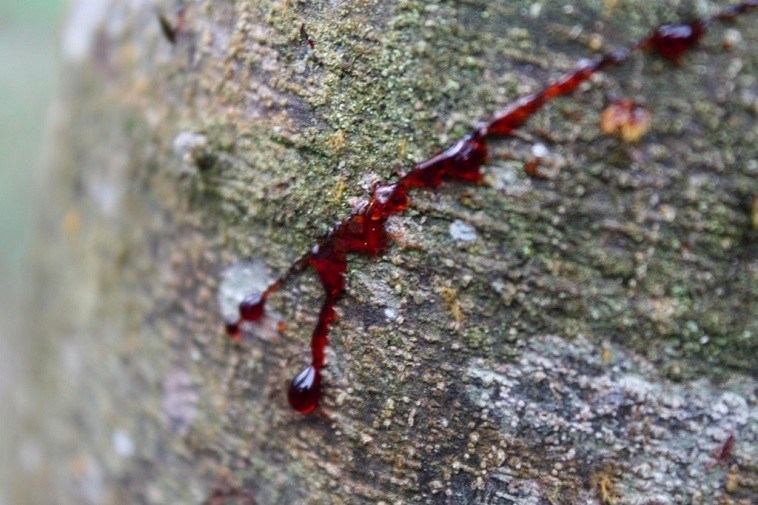
“When the wood wasn’t mature, it made incredible firewood. A bundle that a man could carry in his arms would warm a small hut all winter. No wonder it was extinct.”
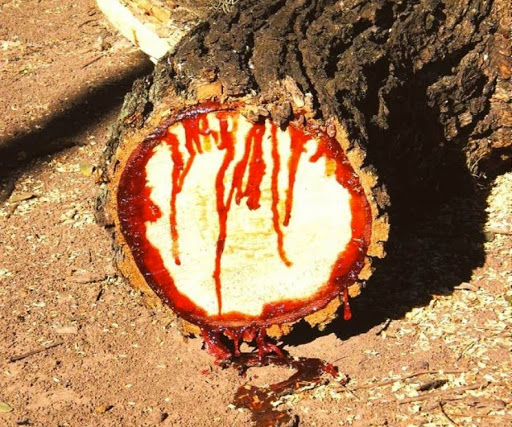
So we have, in summary, three primary species of dragon’s blood/Atasifusta trees that exist today.
There’s the Dracaena draco tree, native to the Canary Islands:
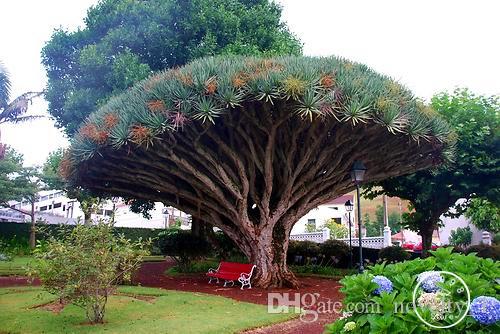
The Dracaena cinnabari tree, native to Socotra (an archipelago between Yemen and Somalia):
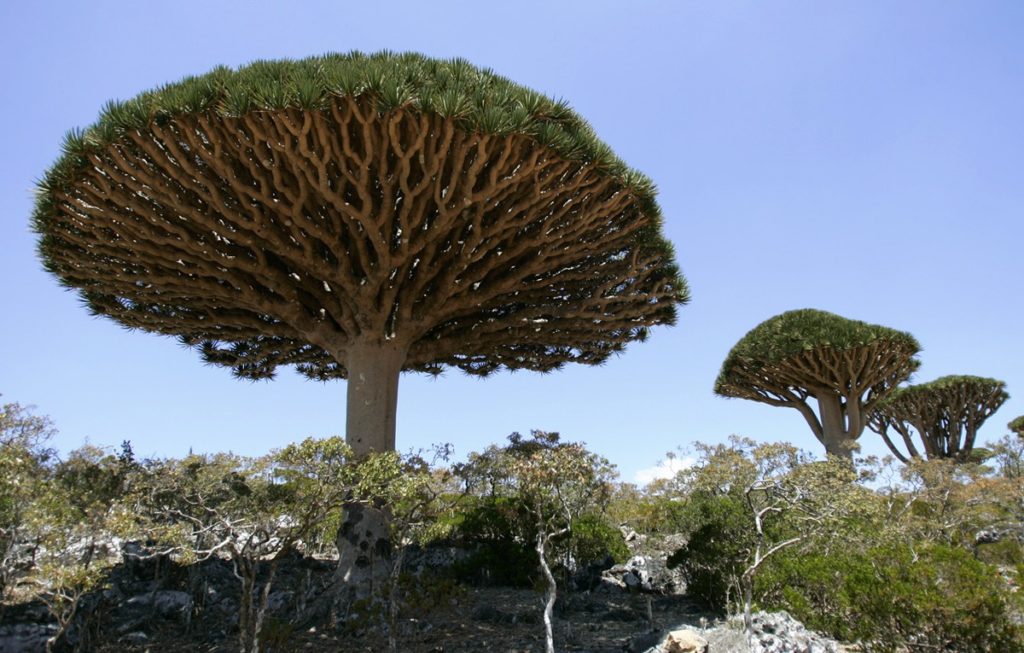
This variety, native to Socotra, has a fascinating past, and an uncertain future. Just like Brent’s Atasifusta, these stunning trees are being threatened by human intervention. National Geographic (objectively the best periodical ever) has published a compelling article about the island, and the trees.
And finally we have the Croton lechleri, or sangre de drago, found primarily in Ecuador and Peru:
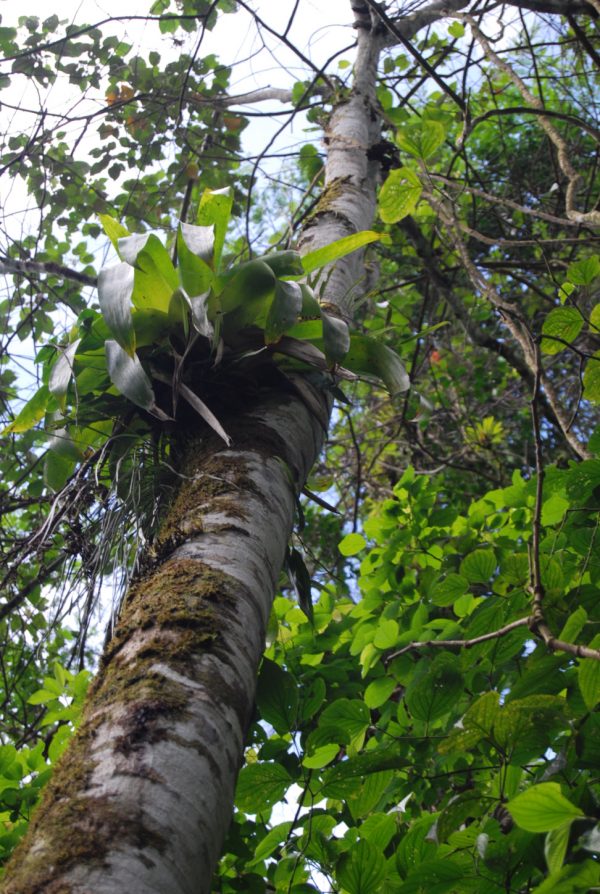
. . .
It’s worth noting that sap from these trees has been used IRL for a long time as traditional medicine, as incense, and as a pigment; it is also sold by contemporary online retailers as ‘natural medicine.’ I found several images of trees that have endured scarring from humans collecting the resin.
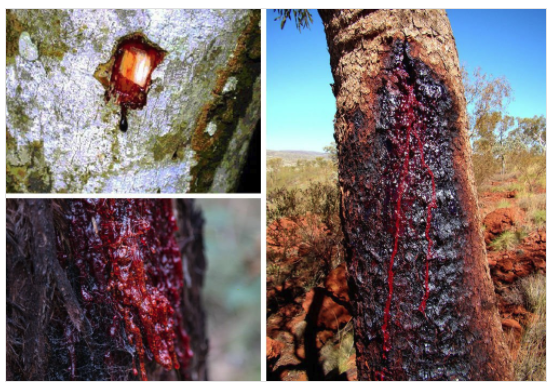
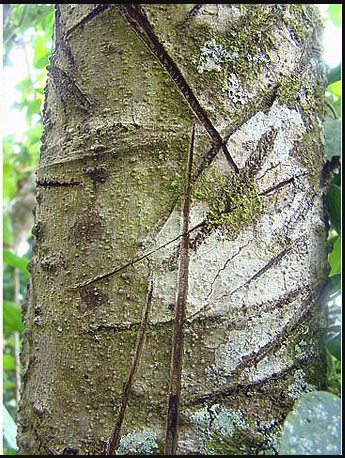
It’s tough to say (at least for me) whether this is bad for the trees and/or harmful to their ecosystems at large. I mean, it looks pretty bad, right? But I also wrote this post while eating pancakes and maple syrup. So there’s that. We’d love to hear from anyone who knows more about these gorgeous plants!
Thanks for reading, everyone. Stay home and stay safe.
